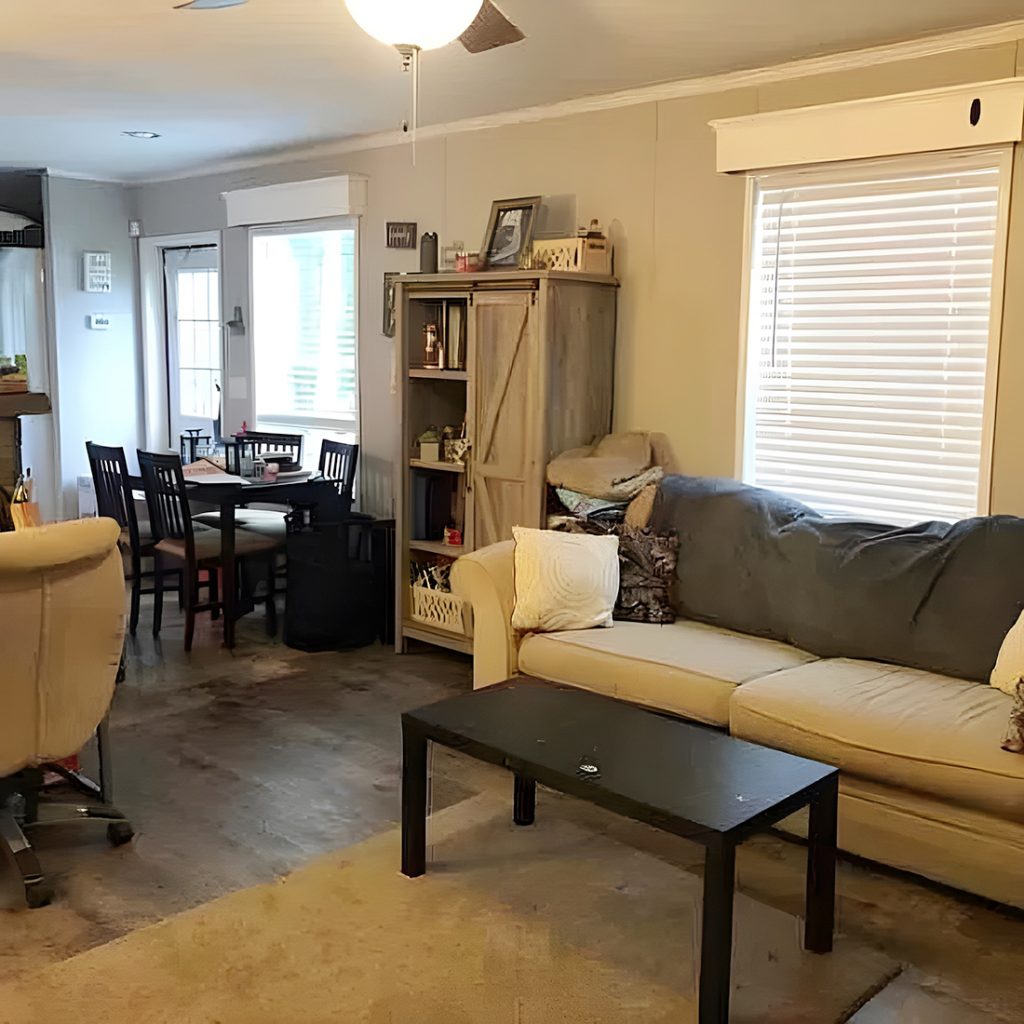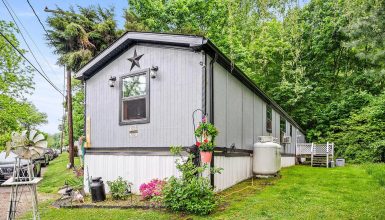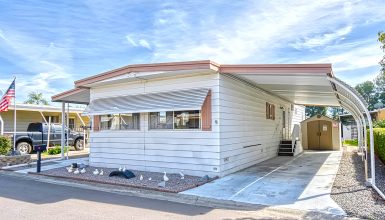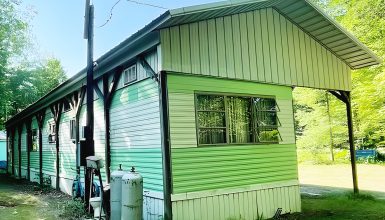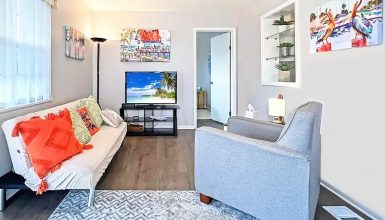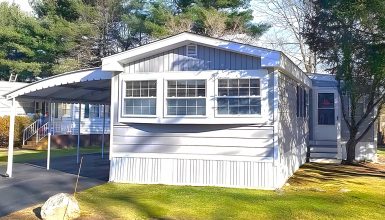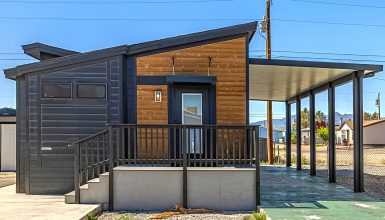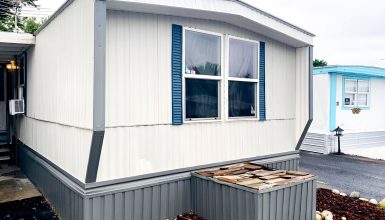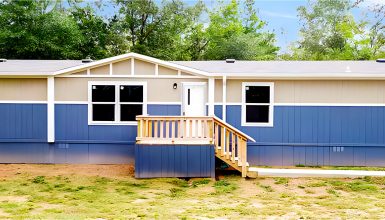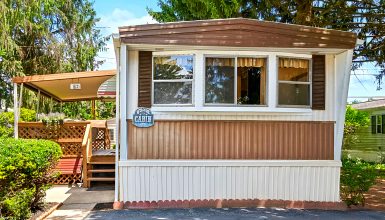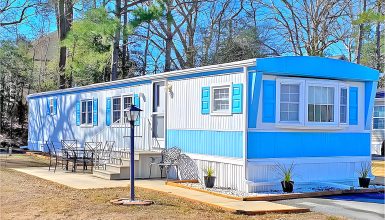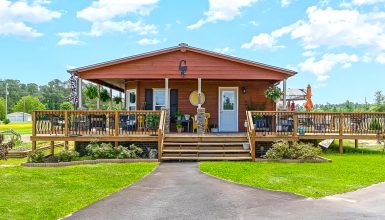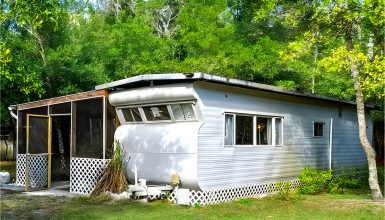Mobile homes are cozy and flexible, but they often face a challenge: noise. The walls are usually thinner than those in traditional houses. This means sounds from outside, like traffic, neighbors, or nature, can easily slip in. Even noises inside, like from the TV or conversation, can bounce around more.
Soundproofing is critical in these homes. It’s not just about peace. It’s about making your space truly yours without unwanted noise. Also, about privacy. You want to keep your conversations and the outside world’s noise out. To block out sound in a mobile home effectively, consider these strategies:
1. Sealing Gaps and Cracks
First off, it’s all about finding those sneaky gaps and cracks. Look around windows, doors, and even where walls meet the floor. These tiny spaces are like open doors for noise.
Now, let’s fix them! Grab some weather stripping for doors and windows. It’s like a soft tape. Stick it around the edges where the gaps are. For cracks in walls or around window frames, caulking is your friend. It’s like a magic paste that seals everything up.
Why do this? A well-sealed home is quiet. It keeps noise out. Plus, it saves energy. No more cold drafts in winter or hot air in summer sneaking in!
2. Upgrading Windows
When it comes to windows, you’ve got options. Double-glazed windows have two glass layers. They trap air in between, blocking noise. Acoustic windows are like soundproofing superstars. They’re specially made to cut down on noise even more.
Installing new windows might sound tough, but it’s doable. If you’re handy, you can follow manufacturer guides. Or, hire a pro to make sure it’s done right.
Upgraded windows do wonders. They lower the noise and also help with insulation. This means your home stays cooler in summer and warmer in winter. It’s a win-win!
3. Enhancing Insulation
Insulation isn’t just for staying warm. It’s a big help in cutting down noise. Fiberglass and foam are two popular choices. Fiberglass is like a fluffy blanket for your walls. Foam, on the other hand, is more like a thick foam pad.
Let’s talk about where to put it. Walls are a great start. Adding insulation here can quiet things down. Don’t forget the floors and ceilings. This wraps your home in a cozy, quiet layer.
The benefits go far beyond just soundproofing. Insulation helps keep your home’s temperature steady. That means lower energy bills and a comfier living space all year round.
4. Utilizing Sound Absorbing Materials
Heavy curtains and thick carpets are like secret weapons against noise. They soak up sound, stopping echoes and muffled chatter.
For curtains, go for the heavy, dense ones. Hang them not just over windows but consider using them as room dividers, too. Carpets? The thicker, the better. Rugs work too, especially in high-traffic areas where noise bounces around a lot.
These materials don’t just work hard; they look good, too. Choose colors and textures that match your style. Think of them as functional decor, adding warmth and personality to your home while keeping it peaceful and quiet.
5. Installing Acoustic Panels
Acoustic panels are like sponges for sound. They soak it up before it bounces around your room. These panels are made of sound-absorbing materials and come in sizes and shapes.
Putting them up is pretty simple. You can attach them to walls or ceilings. Some panels stick on like a sticker. Others might need a bit of hardware, like screws. Just make sure they’re evenly spaced and cover the main noise areas, like behind a TV or across from windows.
And style? No worries there. Panels come in lots of colors and designs. You can even get ones that look like art. They’re an excellent way to add personality to your space while making it quieter.
6. Natural Sound Barriers
Plants and trees aren’t just pretty; they’re natural noise blockers. Thick shrubs and leafy trees are best at muffling sound. Evergreens are great because they work year-round.
When planning your outdoor space, think of layers. A mix of tall trees, medium shrubs, and low plants creates a solid barrier. Place them along fences or around the edges of your yard.
Besides being quiet makers, plants have other perks. They suit the air and wildlife, making your outdoor space look fantastic. It’s like your own little peaceful oasis.
7. White Noise Machines
White noise machines are like a cloak for unwanted noise. They create a steady, soothing sound that helps mask other sounds. It’s like when a fan’s hum makes it easier to sleep.
Choosing the right machine is key. Look for one with different sound options and volume control. Some even have timers and night lights.
Where to put it? Near where the noise is coming in works well. Like by a window facing a busy street. Or in bedrooms to help with sleep. Just remember, it’s about blending the sound, not overpowering it.
8. Furniture Arrangement for Sound Dampening
Furniture can be a big help in quieting down your space. It’s all about where you place it. Think of your furniture as a shield against noise.
Bookshelves full of books are great for absorbing sound. Place them against a wall that’s facing a noisy area. Wardrobes and heavy cabinets work well, too.
But it’s not just about blocking noise. Your home should be a place you love being in. Arrange your furniture so it looks good and feels right. It’s like hitting two birds with one stone – stylish and soundproof!
9. Solid Doors for Enhanced Soundproofing
Switching from hollow to solid doors can make a huge difference in noise control. Solid doors are thicker and heavier, blocking more sound.
Installing them can be a DIY project if you’re handy. Or, get a professional to make sure it’s done right.
Don’t worry about them sticking out like a sore thumb. Solid doors come in many styles. You can easily find one that fits your home’s look. It’s a small change that can make your home quieter and more peaceful.

